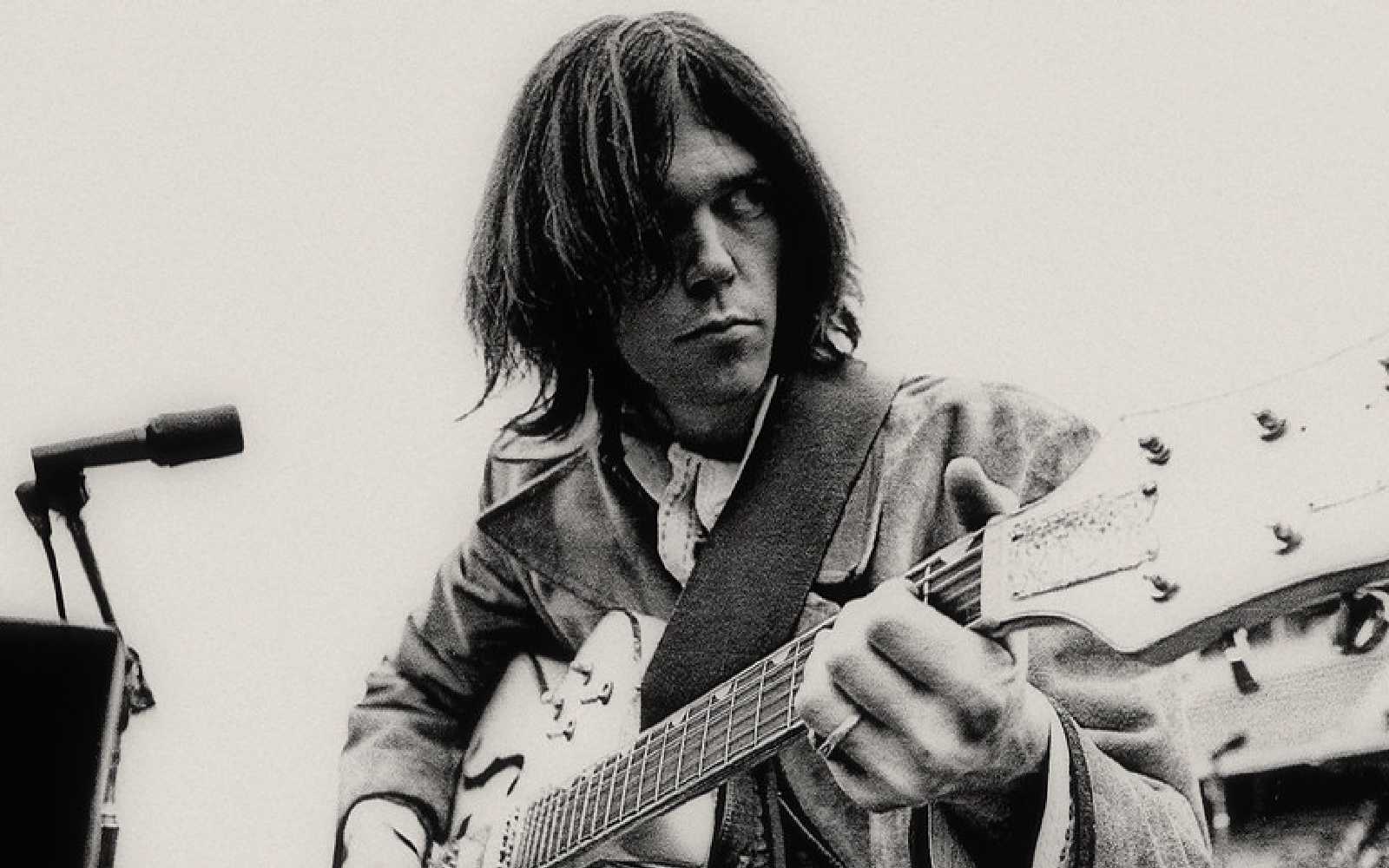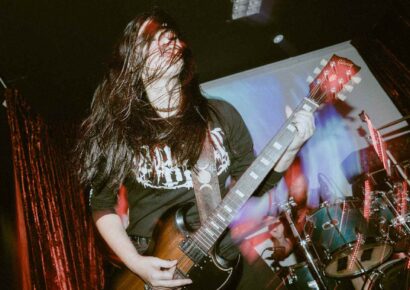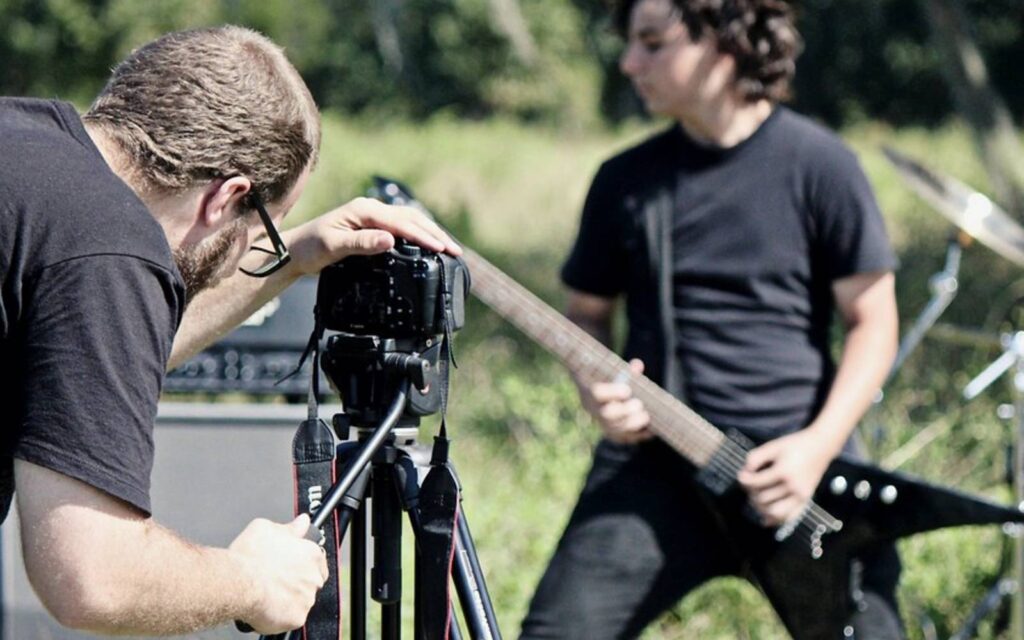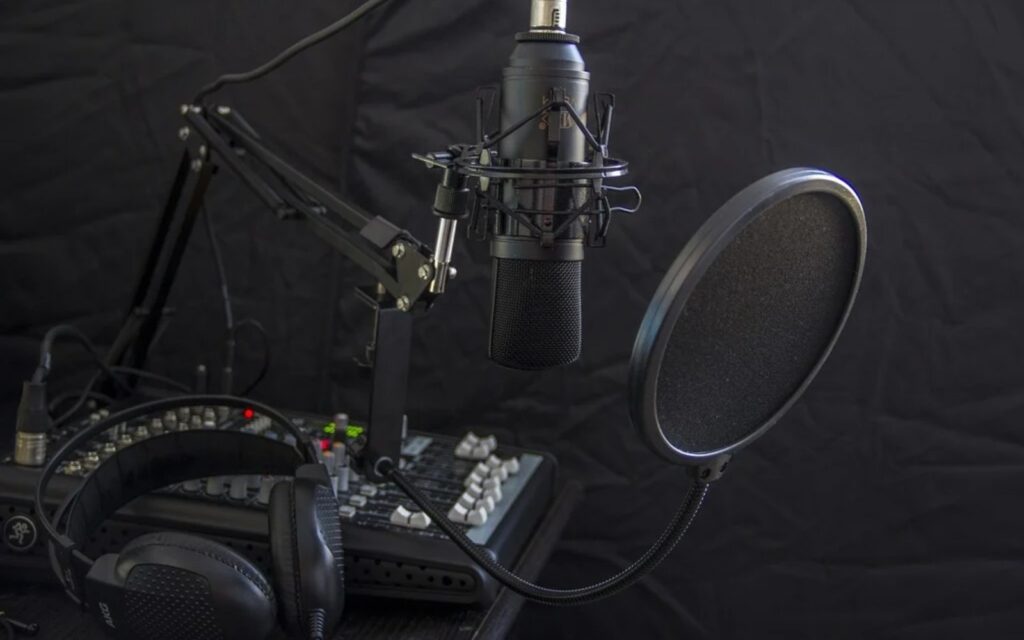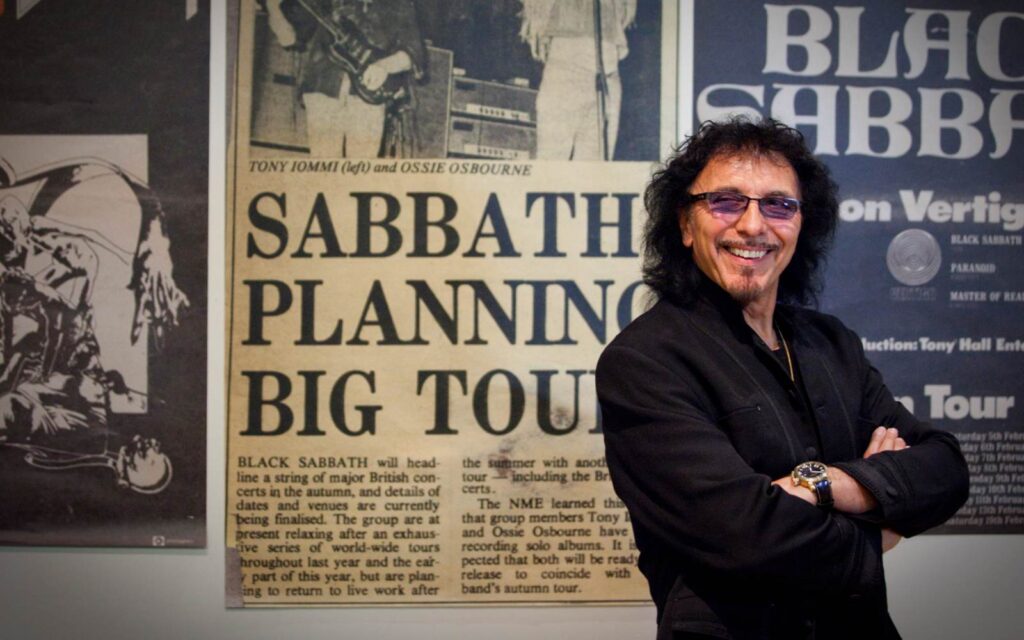A rising star at the turn of modern recording and guitar technology, Neil has played it all and settled on a few key pieces of kit.
Neil Young is a singular artist with a singular sound. His sputtering, broken up guitar tone is instantly recognisable, having been a sonic signature for the beloved Canadian songwriter for the past fifty years. With a playing style as unique as his tone, Young continues to inspire countless musicians with his original approach and boundless creativity, fearlessly pursuing his ideas with his unchanged but mighty arsenal by his side.
Read up on all the latest features and columns here.
Young’s signature electric sound can be put down to a few key ingredients: his guitars, his amps, his hands and his Whizzer. No, I’m not making a crude allusion as to the biological source of his rock and roll powers (that would most certainly be his brain and indeed his heart), the Whizzer is in fact a unique analog audio contraption of Young’s own making, something we’ll delve into once we’ve got the basics covered.
1953 Gibson Les Paul
Young’s most legendary counterpart is the 1953 Gibson Les Paul known as ‘Old Black’. Much like Willie Nelson’s ‘Trigger’, Old Black is intrinsically linked to Young’s expansive catalogue and has reached mythical status amongst his fans. Originally a Gold Top loaded with two cream-coloured P90s, Young’s number one was painted black at some point before he acquired it in the late 60s. In addition to the paint job, a B3 Bigsby Vibrato (later upgraded to a B7) had been added to the guitar, a feature that swiftly became intrinsic to Young’s manic playing style.
Contrary to a variety of rumours, the neck pickup in Old Black is an original P90, rehoused in a unique aluminium cover. After experimenting with a DeArmond pickup in the bridge, Young eventually settled on a mini-humbucker from a 1972 Gibson Firebird, also rehoused in aluminium, which gives Old Black its signature monophonic bite. The addition of aluminium covers, along with a matching pickguard, is believed to contribute to what some may describe as Young’s irresponsible amount of feedback, something he has always known how to wield to great effect.
Old Black also features a toggle switch between its volume and tone controls. Often assumed to be a coil tap, it is actually a switch that allows Young to bypass the guitar’s pots and capacitors, allowing the signal to flow directly from pickup to amp. This pure, direct tone is crucial to the distinct, gnarly character of Old Black’s ferocious sound.
1960 Stereo Gretsch White Falcon
Young’s number two guitar is a beautiful 1960 Stereo Gretsch White Falcon which he acquired from ex-bandmate Stephen Stills. Young has owned a handful of Falcons throughout the years but it’s this stereo number that he has the most affection for. One of only fifty of its kind, Young’s Falcon is a single-cut model with the pickguard removed and features two additional switches for pickup splitting.
Much like Old Black, Young upgraded the Falcon’s Bigsby to a B7 for added stability and still plays it to this day. Whilst he mostly used the Falcon during his time with Crosby, Stills, Nash and Young, the full stereo effect of the instrument is best heard on “Alabama”, a fiery cut from his 1971 solo album Harvest. On the track, you can clearly hear the Falcon’s top three strings emitting from one amp panned to the right and the bottom three strings coming from another amp panned to the left.
1959 Tweed Fender Deluxe amplifier
The core, however, of Neil Young’s chaotic, stringy and powerful sound, is his 1959 Tweed Fender Deluxe amplifier. A compact, fifteen watt amp with just two volume knobs and one tone control, Young’s Deluxe is completely stock apart from two 6L6’s having replaced its original tubes. This change boosted the amp’s output from fifteen to nineteen watts, requiring rebiasing, which resulted in the amp running incredibly hot, thus creating its unique collapsing effect.
Young famously derives all of his distortion from this amplifier exclusively, turning it up to ungodly volumes to achieve his destructive tone. The result is a highly compressed, saturated sound that can only come from a small amp being pushed to its limits. The sag and harmonic mayhem associated with Young’s sound is quite unlike the more refined tones of his contemporaries, when the other guitar gods of the 1970s cranked up their giant 100 watt amps for a bit of distortion, it gave them the crunch necessary for riffing and the smooth sustain needed for a nice polite guitar solo. When Neil Young cranked up his little Deluxe, it sounded like the end of the world.
That’s where the aforementioned Whizzer comes in. Developed by Young and tech Sal Trentino around the time of the Rust Never Sleeps Tour, the Whizzer is a switching system housed in a mysterious, rudimentary box. The Whizzer has four preset buttons, each corresponding to a volume and tone configuration on Young’s amp. Young controls these presets via footswitches which in turn command the Whizzer to mechanically turn the Deluxe’s controls to the programmed positions. How’s that for primitive.
Guitar pedals
The most insane thing about this setup, aside from the fact that the Deluxe requires several fans blowing on it at all times to keep it from melting, is that Young still uses it. He runs the Deluxe through a few additional speakers, mostly Magnatone, supplements it with a couple of extra Tweeds on stage and that’s pretty much it. In terms of effects, he sticks with an old external Fender reverb unit, a vintage Echoplex, a Mu-Tron Octave Divider, an MXR Analog Delay and a Boss Flanger. But mostly it’s just him, Old Black and those four Whizzer presets, each more distorted than the last.
Finally, Young’s rustic wooden pedalboard also features something he refers to as an ‘ugly button’ because of course it does. Long time tech Larry Cragg had this to say on that particular subject: ‘That’s a very strange thing, Neil only hits it when he wants to go to the next level. It activates a unit that’s just totally freaked out. It’s adjusted how it definitely should not be adjusted. But Neil seems to like that.’
He sure does.
Read about Journeys, the Neil Young documentary, here.
